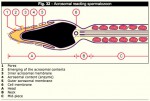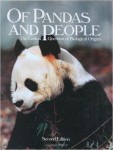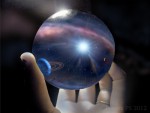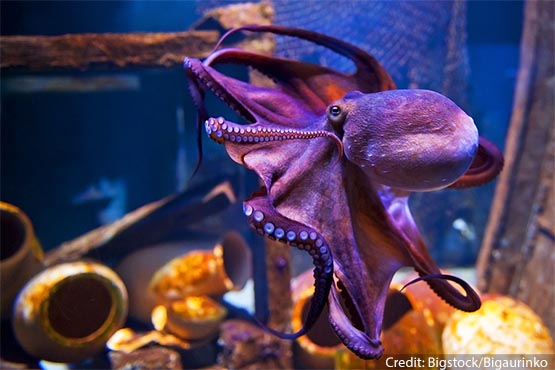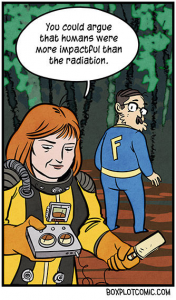What moment? Fertilization is a complex process, with a series of steps.
-
First, the sperm cell binds to the pellucid zone surrounding the egg. This is specific; sperm and egg have to recognize each other and bind appropriately. You don’t want the sperm to bind to every epithelial cell of the reproductive tract, after all, and you don’t want the egg cell to be receptive to every passing white blood cell.
-
This binding triggers the acrosome reaction. The tip of the sperm cell ruptures releasing enzymes that break down the glycoproteins surrounding the egg and exposing the sperm cell membrane and the egg cell membrane locally.
-
Those two membranes then fuse, and the sperm cell nucleus is drawn into the cortex of the egg. This is called docking and invagination.
-
Docking triggers a wave of electrical activity in the egg cell membrane; from the point of entry, a ring of depolarization sweeps rapidly across the egg, causing vesicles to fuse and dump their contents into the space surrounding the egg, creating a barrier to additional sperm trying to enter. This can be visualized using chromophores that change color in response to membrane voltage, or that react to the binding of calcium, the important ion that crosses the membrane at this step.
-
The germinal vesicles, or nuclei, of sperm and egg then move via cytoskeletal transport towards each other and fuse to create a single diploid nucleus.

